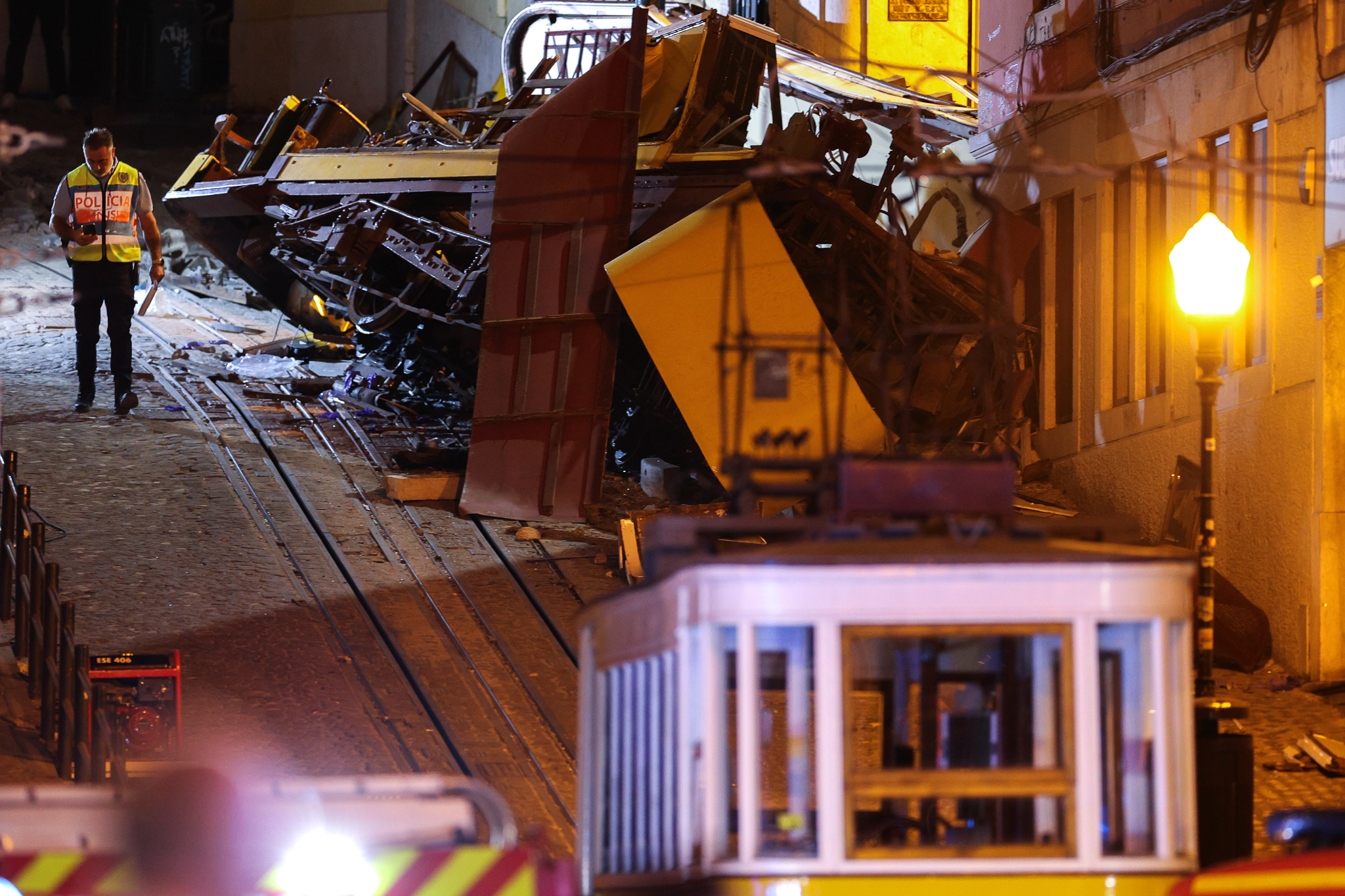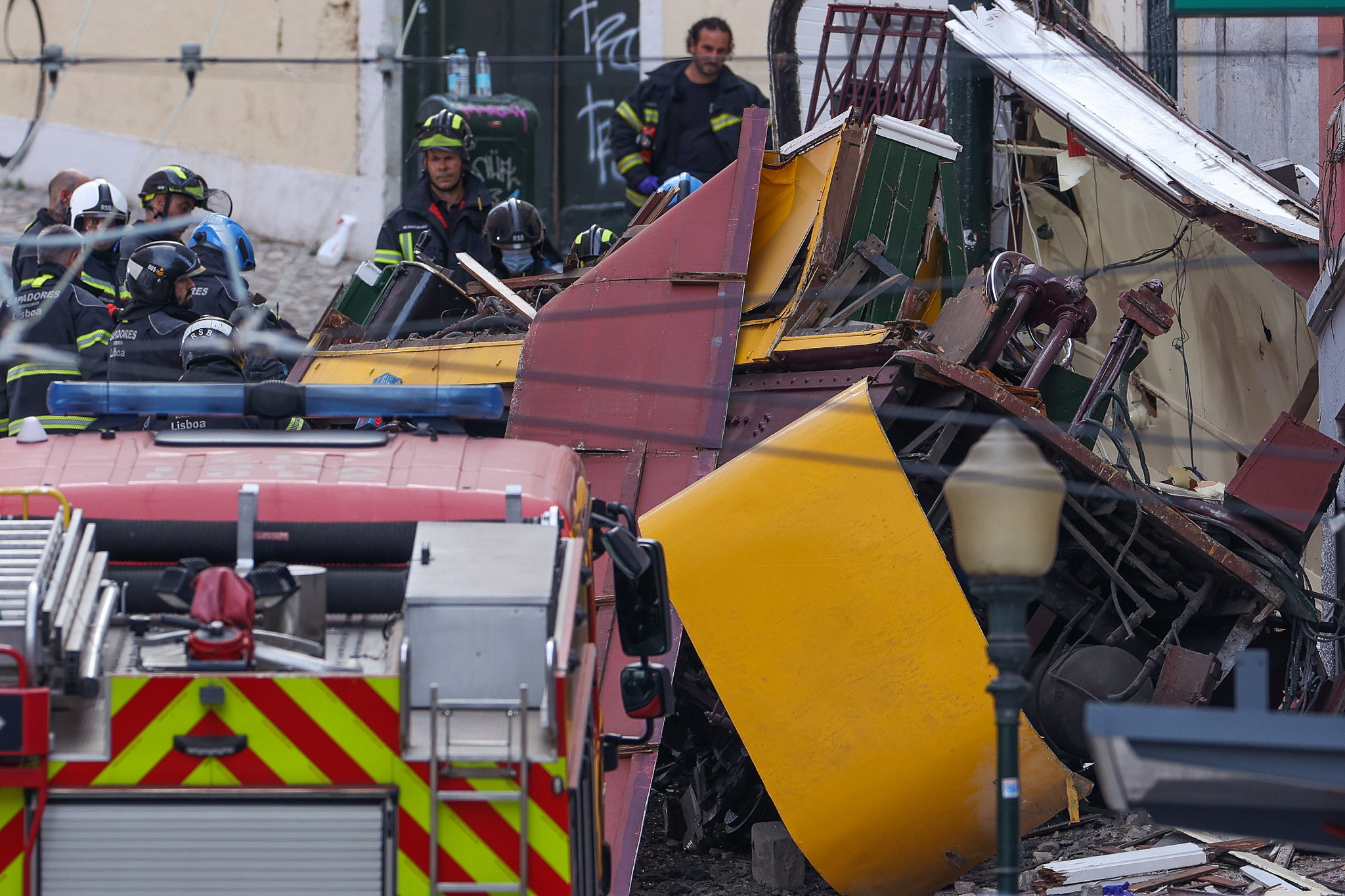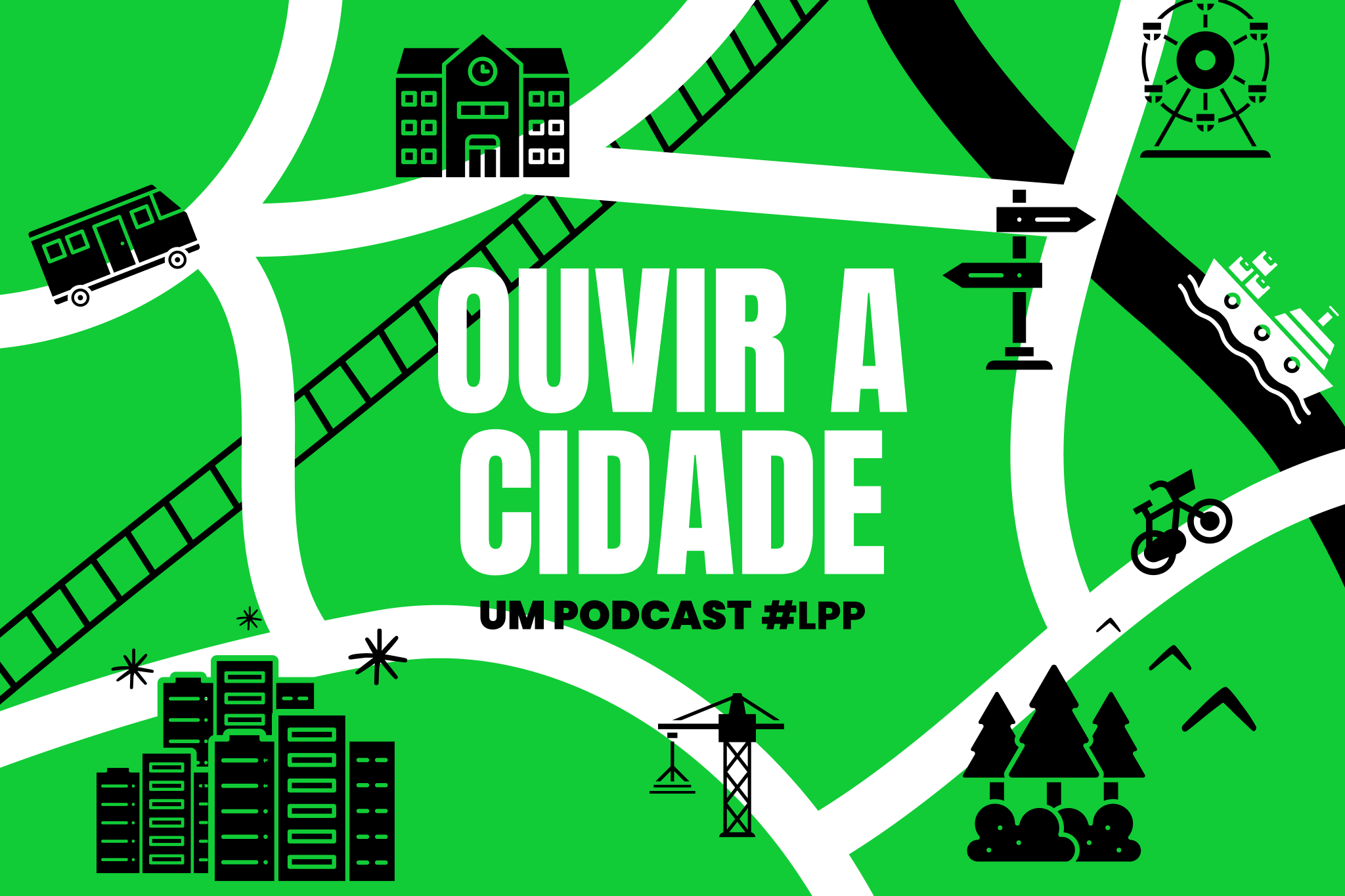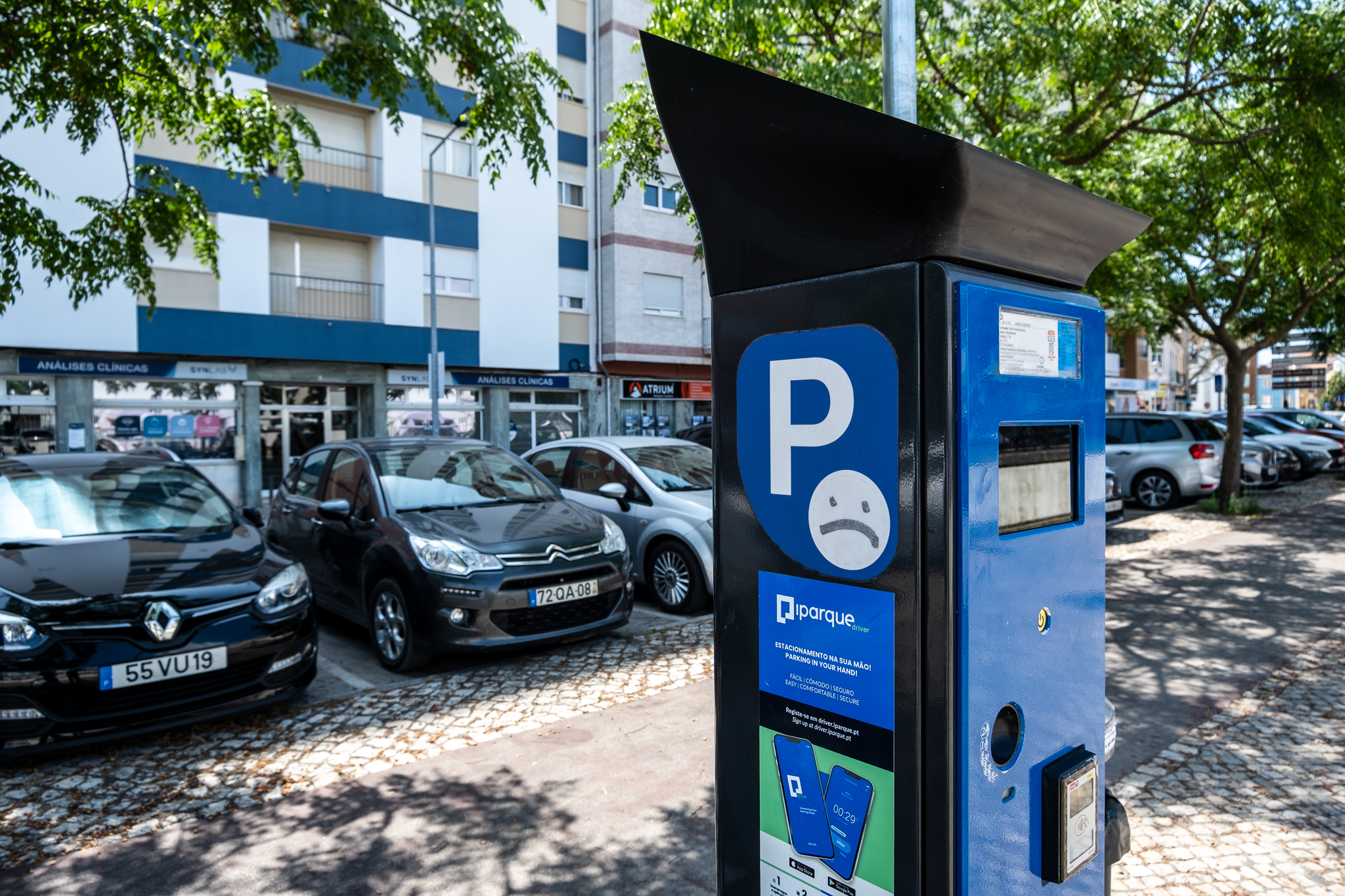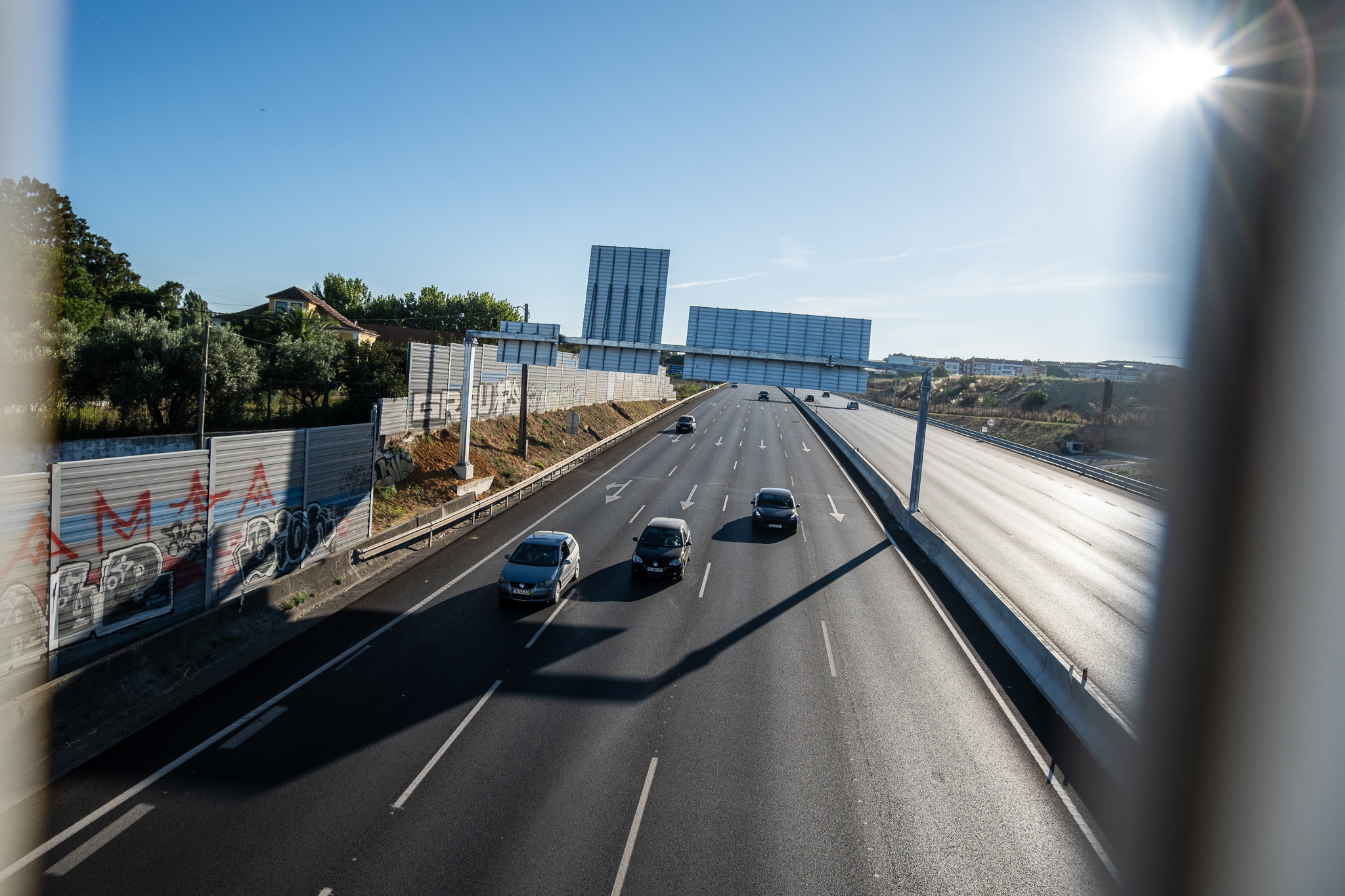
The pandemic has taught us a lot, and one of the most recent learnings has been about the Lisbon Metropolitan Area (or AML). The restrictions imposed on traffic by the government this weekend had us looking at the AML map and discovering a few things about this territory. For example... why are there "two Montijos"?
It defines the Lisbon region.
The Metropolitan Area of Lisbon (AML) is defined by NUTS II and IIITwo different nomenclatures for organizing the territory for statistical purposes and for obtaining European funds. While NUTS II divides Portugal into North, Centre, AML, Alentejo and Algarve, NUTS III organizes it into intermunicipal regions, such as Oeste, Baixo Alentejo, Região de Coimbra and Beira Baixa. AML also appears in NUTS III, together with Área Metropolitana do Porto (AMP), while in NUT II AMP is integrated in the so-called Northern region.
The AML as a statistical definition was only created in 2015, when the NUTS III were revised; until then, there was the so-called Greater Lisbon, with nine municipalities to the north, and the Setubal Peninsula, with the municipalities on the southern bank. This situation has blocked the access of the Setúbal region, poorer and economically backward than the northern bank, to community funds - which is the main reason for this. the subject is back to debatewith municipalities and industry calling for a revision of the NUT III.
But AML is not just a nomenclature for statistical and economic purposes. It defines an administrative area. As such, was created in August 1991In other large cities, the establishment of metropolitan areas was becoming common.
It has 18 counties.
The AML encompasses 18 municipalities on the northern and southern banks of the Tagus. To wit: Alcochete, Almada, Amadora, Barreiro, Cascais, Lisboa, Loures, Mafra, Moita, Montijo, Odivelas, Oeiras, Palmela, Seixal, Sesimbra, Setúbal, Sintra and Vila Franca de Xira. It borders three regions: the West and the Lezíria do Tejo, to the north, and the Central Alentejo and the Alentejo Litoral, to the south.
It is the most populous area in the country.
Analyzing within NUTS III, AML is the most populous region in the country with about 2.9 million inhabitants. The municipalities of Lisbon, with approximately 509.6 thousand inhabitants, and Sintra, with 392.1 thousand inhabitants, are the most populous. If we look at the NUT II, the AML is the second most populous region, after the North region. And it is the 17th most populous metropolitan area in the European Union (Paris, Madrid, Barcelona, and Berlin are the first four in the table).
It has a president.
Fernando MedinaThe current Mayor of Lisbon is also the President of the Lisbon Metropolitan Area. The election is not done by the population (at least, directly). It is up to the Metropolitan Councilthe maximum and deliberative body of the AML, decides its President. This Metropolitan Council is made up of the mayors of the municipalities that make up the AML. Its competencies may be consulted here and include, for example, approving the metropolitan area's action plan and budget proposal, approving metropolitan spatial planning, mobility and logistics, and environmental management plans, among others, and taking positions before any state bodies or public entities on matters of interest to the metropolitan area.
In addition to the Metropolitan Council, there is:
- a Executive Committeewhich is the executive body of the AML, consisting of a first secretary and four secretaries. The list of candidates for this Commission is approved by the Metropolitan Council and must be approved by the municipal assemblies of the municipalities that make up the metropolitan area. The Executive Commission is the one that draws up the plans and budgets that the Council will vote on, and who is also responsible for executing them. You can see all the competencies around here;
- o Strategic Council (For Metropolitan Development) is a body of a consultative nature designed to support the decision-making process of the other bodies of the metropolitan area and is made up of representatives of the institutions, entities and organizations with relevance and intervention in the field of metropolitan interests. For example, the Civil Protection, the administrations of the Ports of Lisbon and Setubal, the Directorate General of Social Security, the PSP or the Faculty of Social Sciences and Humanities of the New University of Lisbon are members of this Council. You can see the complete list here.
Why don't we directly elect the President of the Lisbon Metropolitan Area or its Metropolitan Council? Well, Eduardo Cabrita, Minister of Internal Administration, has been talking about it at least since the 2017 municipal elections. If for that year nothing changed, for the upcoming election period now in 2021 it also seems that nothing will change. "It is within the framework of the work we have been doing with the Metropolitan Areas to prepare a framework of competencies so that in 2021 there can be an election of the heads of the Metropolitan Areas within the constitutional model", stated two years ago.
It has a county divided in two.
If you take a good look at the map of the Lisbon Metropolitan Area, you will realize that there are "two Montijos". No, this is not a mistake; it is just like that. The municipality of Montijo is divided in two; it is one of the few in Portugal with a discontinuous territory. The smallest part is the main one, where the Town Hall is located - it has 56.3 km² and three parishesThe eastern part has an area of 291.7 km² and two parishes. The two parts are separated by the counties of Alcochete and Palmela.
The two territories of the current county of Montijo - former county of Aldeia Galega do Ribatejo - resulted from the union of two distinct counties, in 1838. The eastern part (the largest) was the county of Canha, which ended up extinct in 1836 to be integrated in the neighboring municipality of Montemor-o-Novo; only two years later, in 1838, Canha became an independent county again for a few months, until it was integrated in Aldeia Galega do Ribatejo - municipality that corresponded to the current western (the main) part of Montijo.
It has a unique transport pass.
For 40 euros/month, it is possible to ride on all public transportation in the Lisbon Metropolitan Area with no limits and regardless of the operator or type - bus, subway, boat, train. This is how much the pass costs Metropolitan Navigator, introduced in April 2019, simplifying and revolutionizing ticketing at the inter-municipal level.
Área Metropolitana de Lisboa is the authority responsible for public passenger transport on an inter-municipal level. That is why AML promotes this pass and why it is also the manager of the Lisbon Metropolitan Transports (TML)a newly created company that will manage the brand Metropolitan Railway - the new suburban bus operator, which should be in the field by mid 2022 (with some delay). Carris Metropolitana will be a single brand of buses, with a single network map and the same fare pricing, in all 18 municipalities, with the exception of three: Lisbon, Barreiro and Cascais, because they have their respective municipal bus operators (Carris, TUB and MobiCascais).

